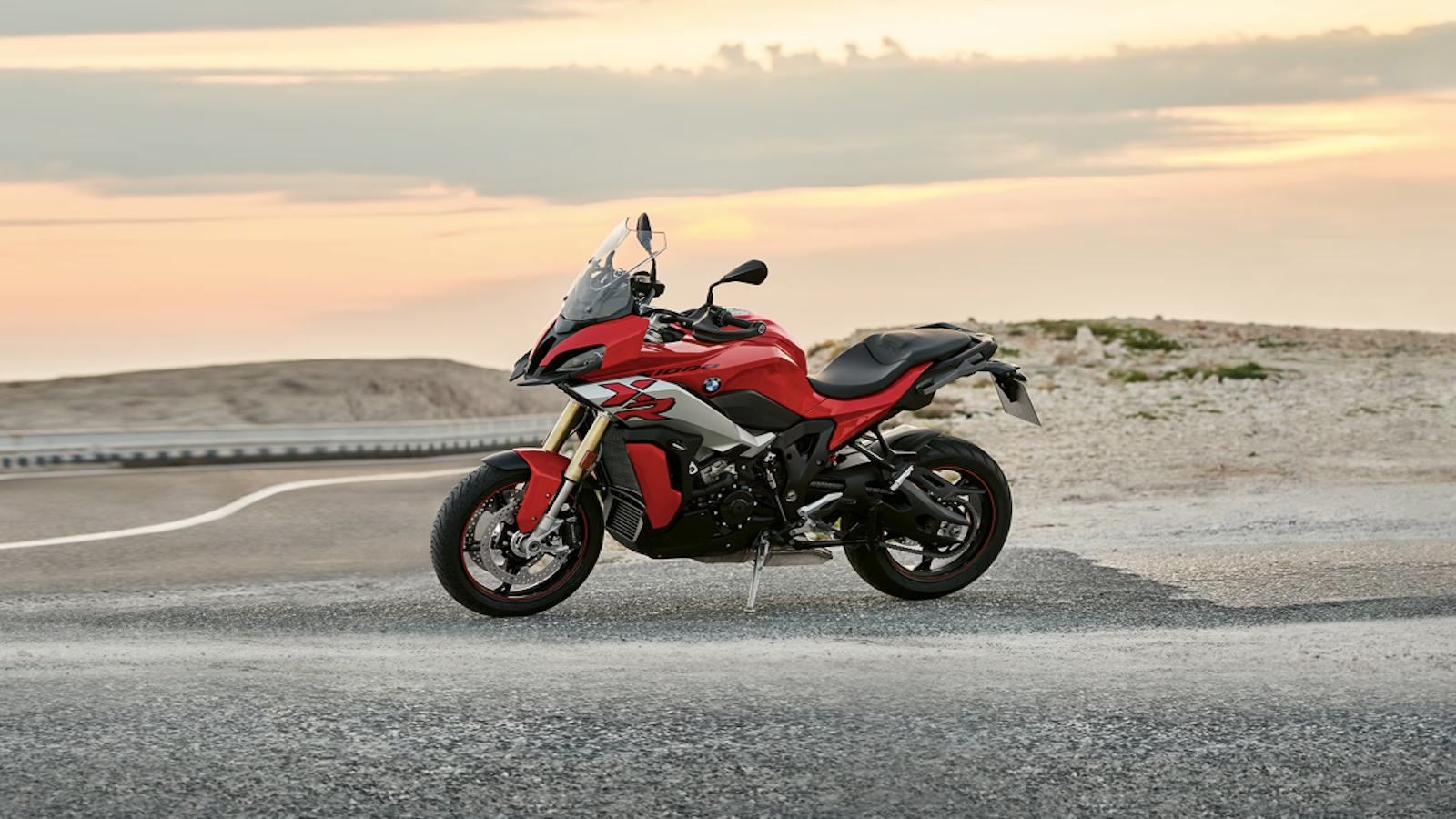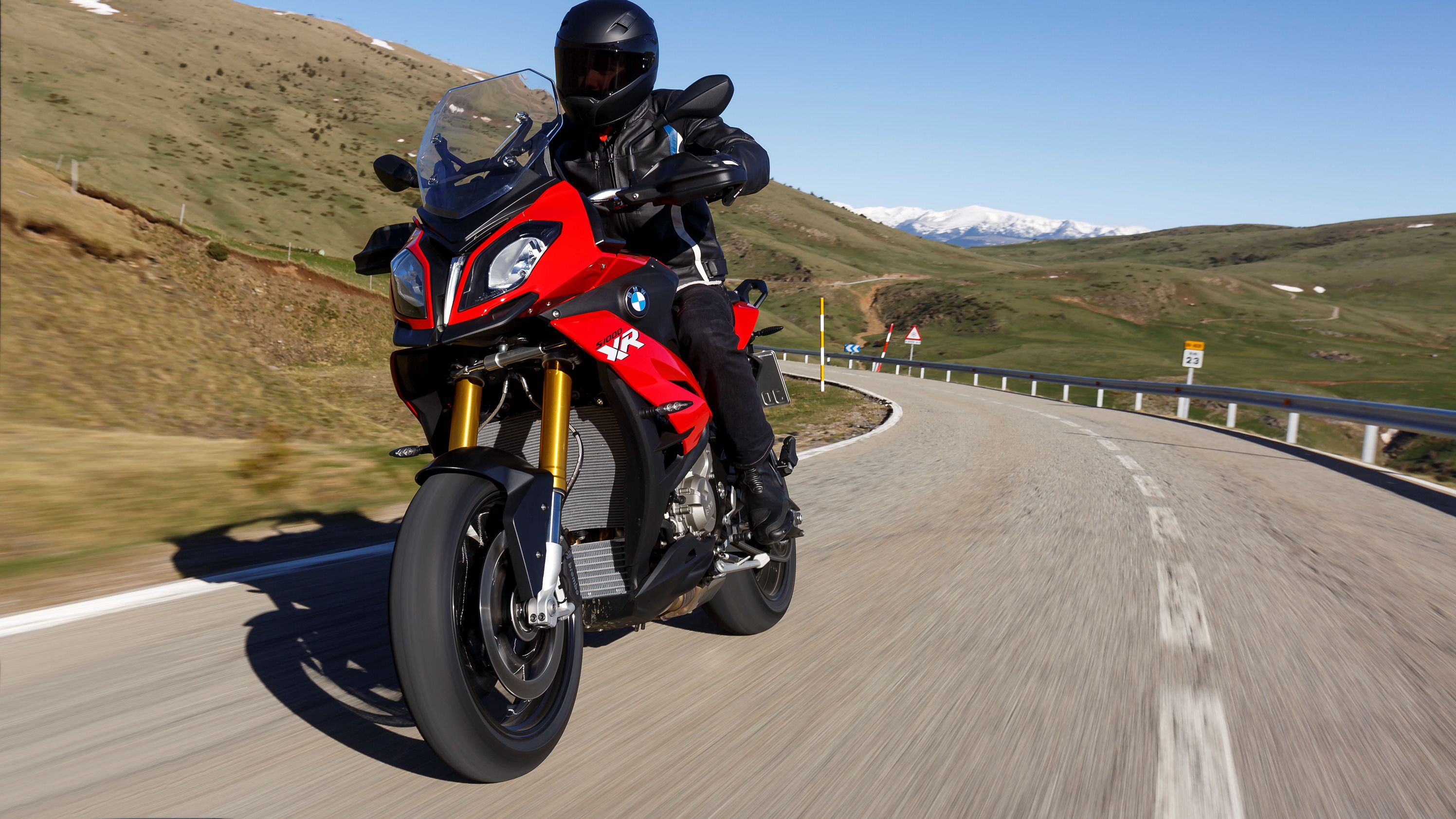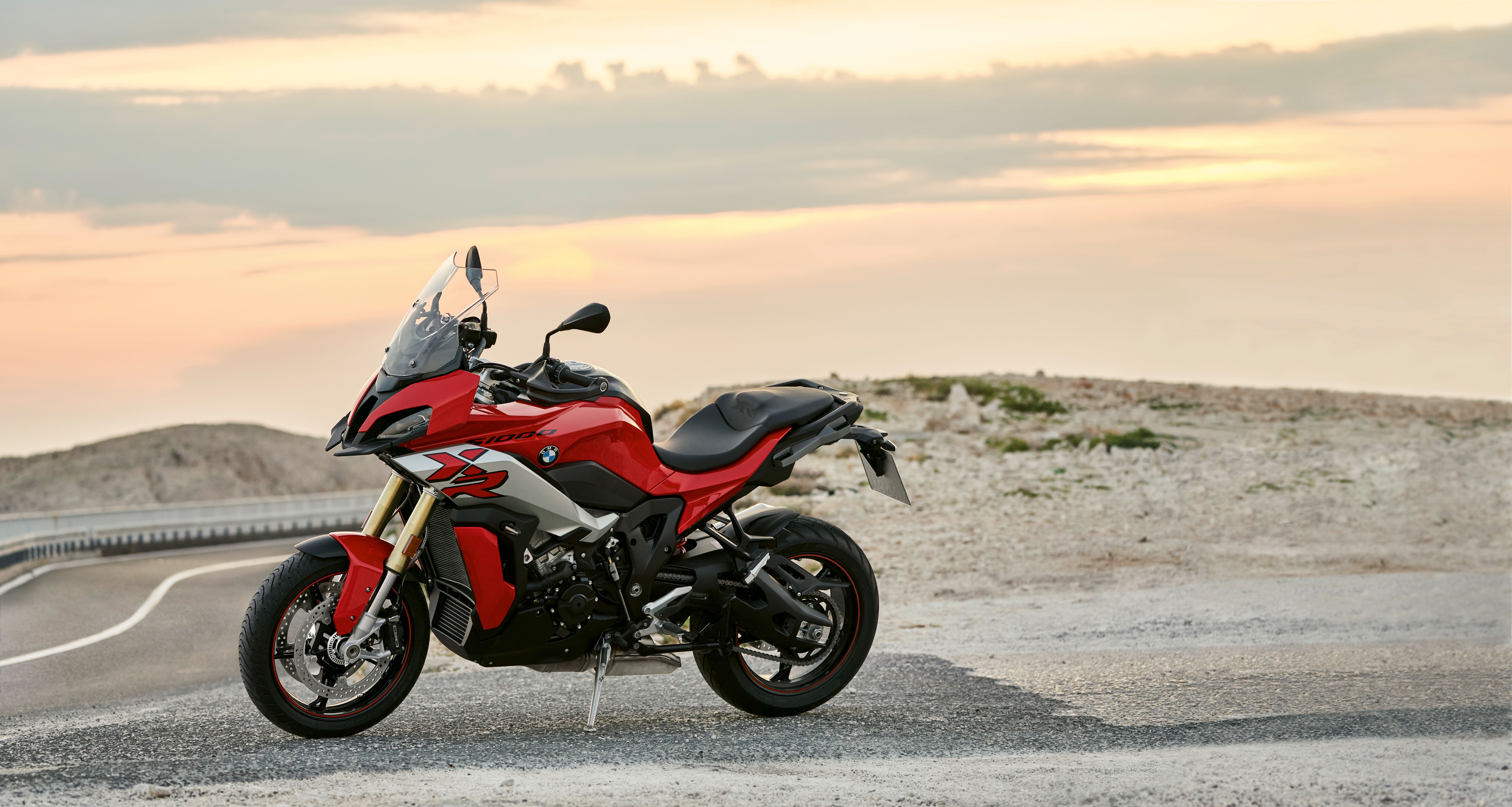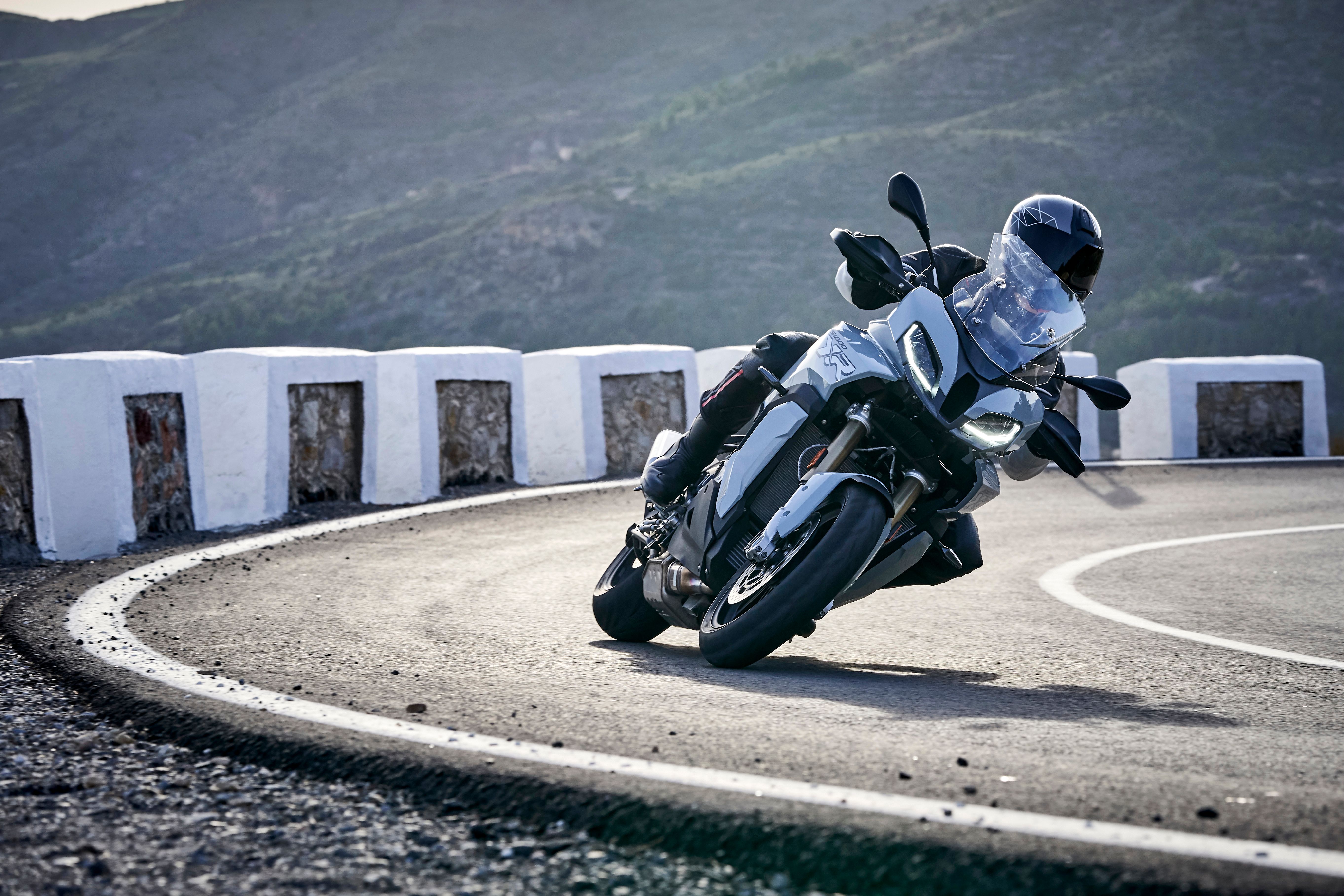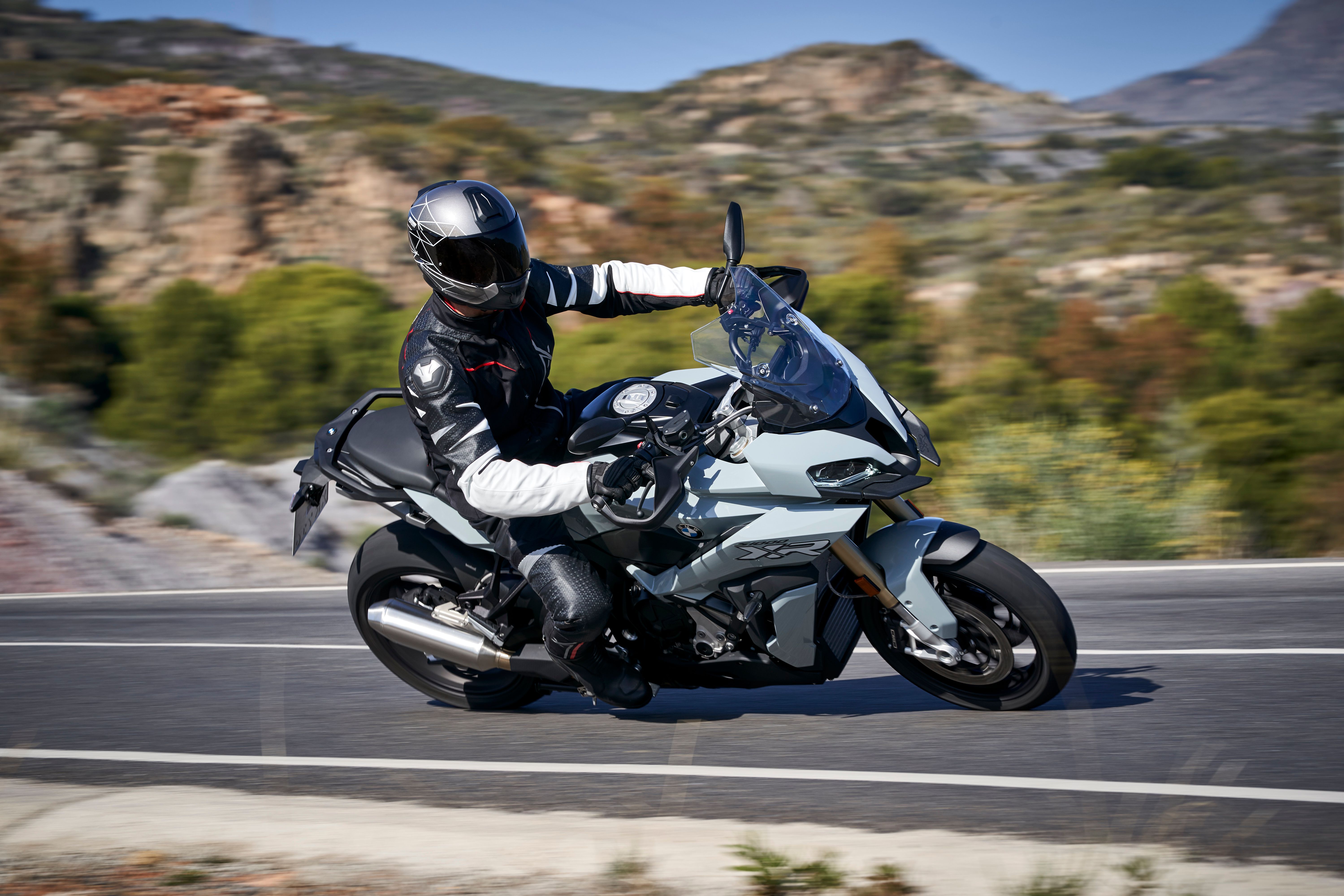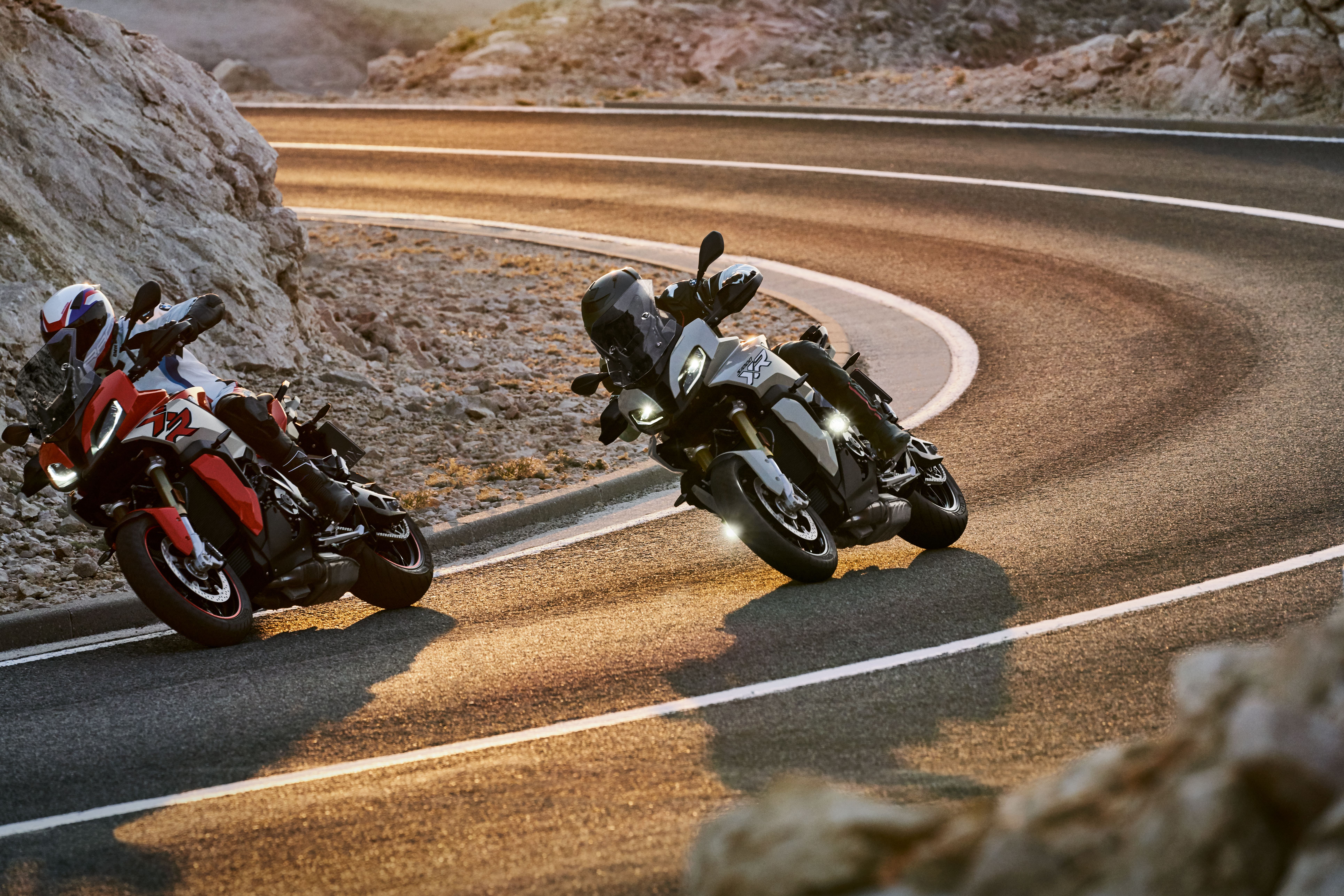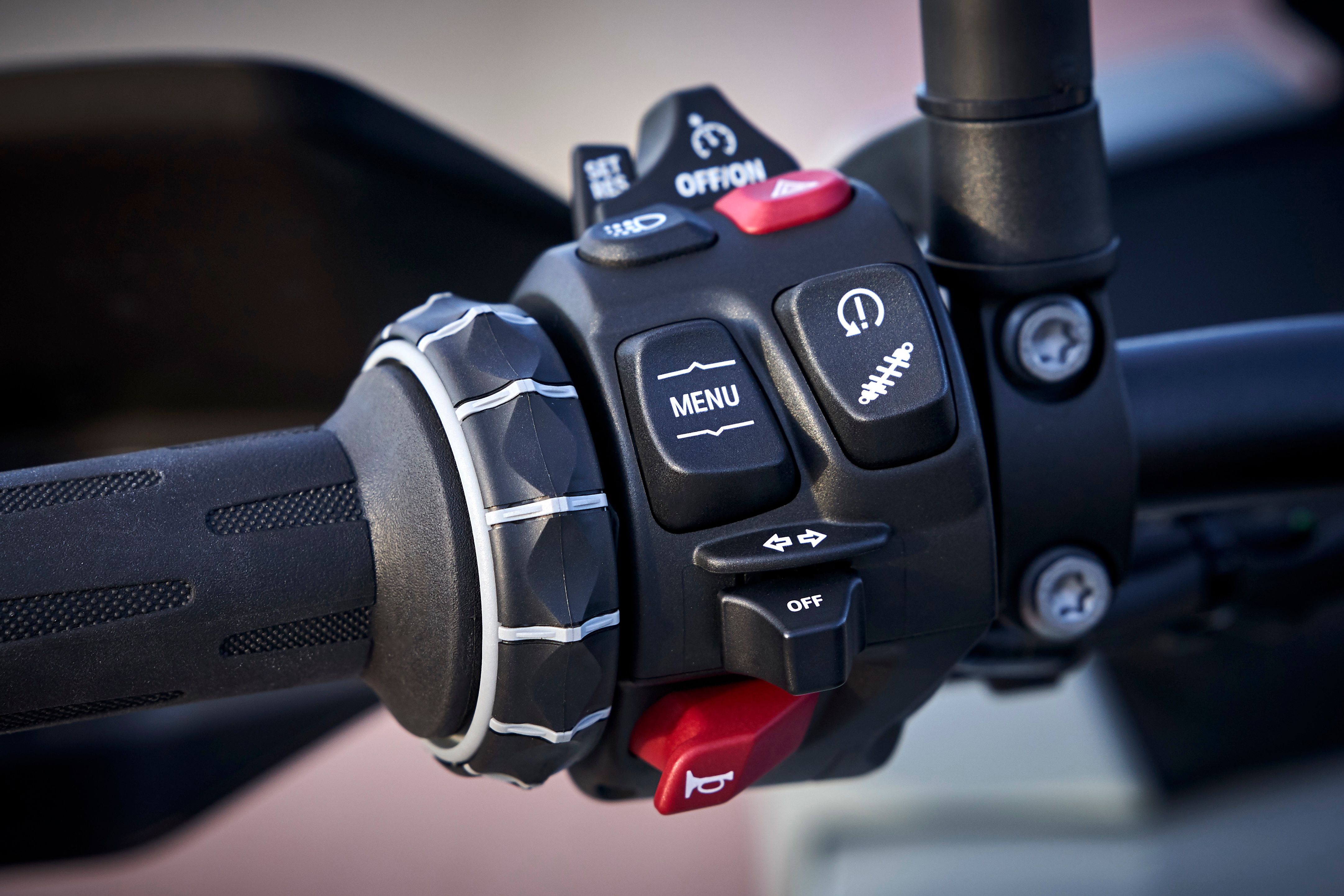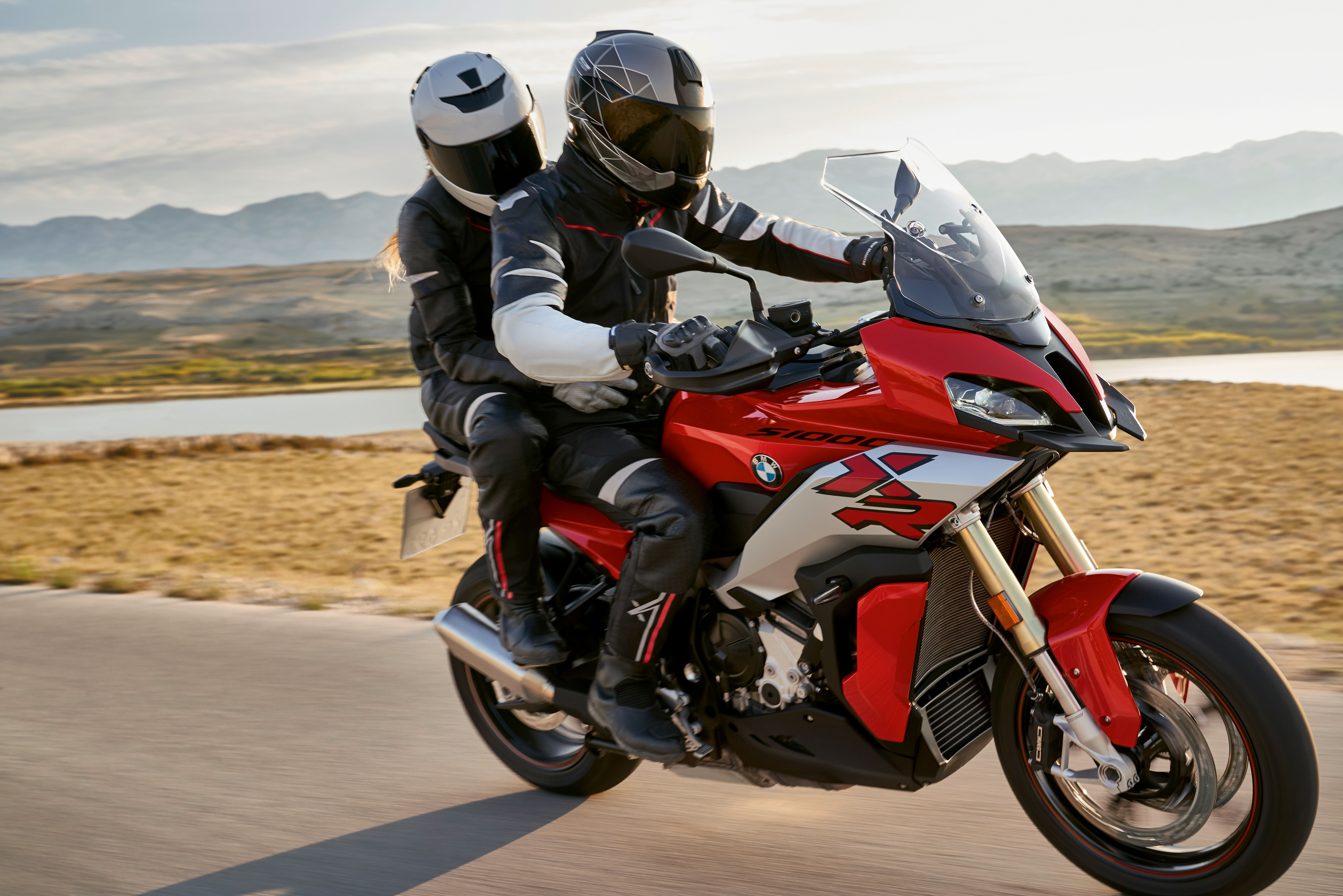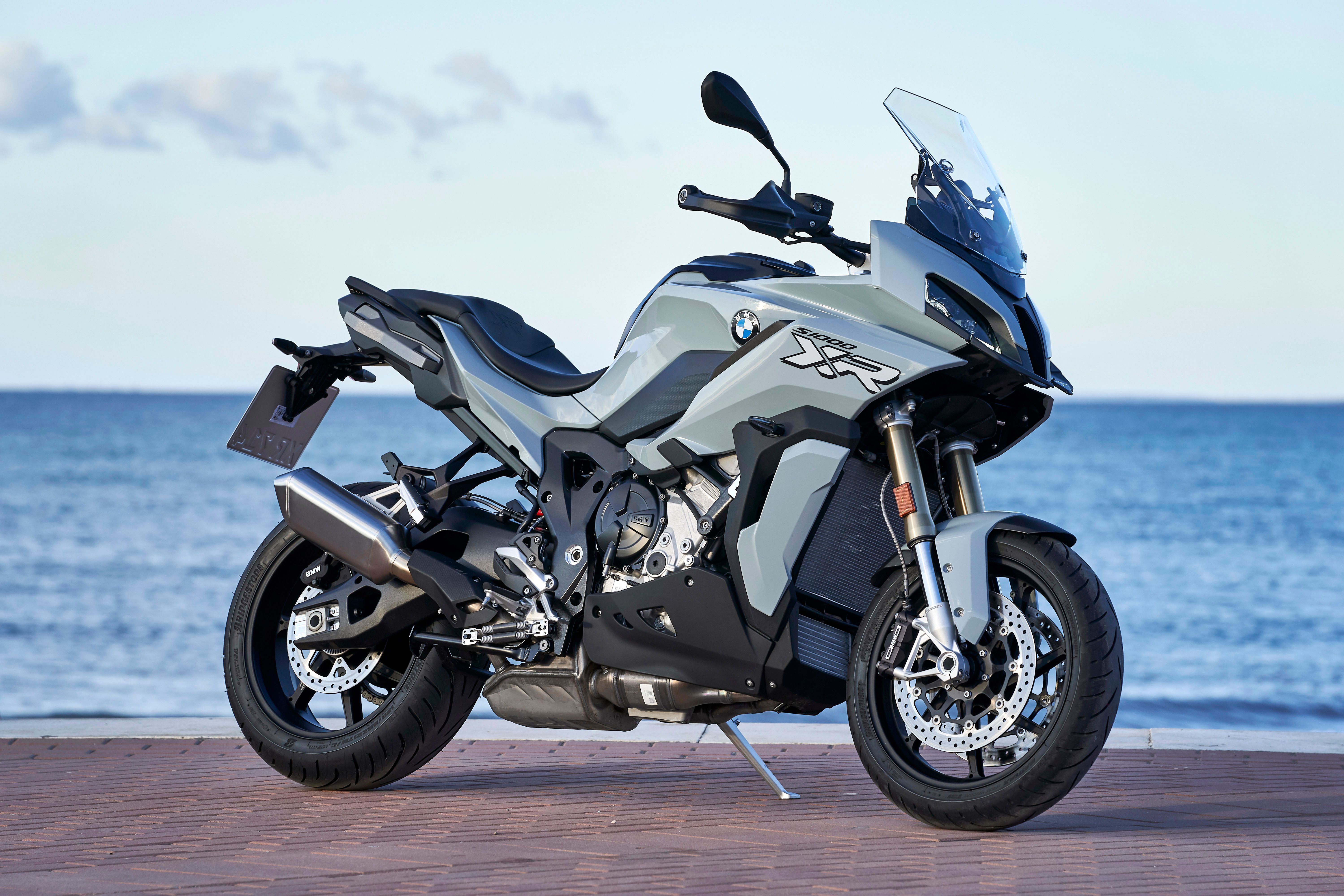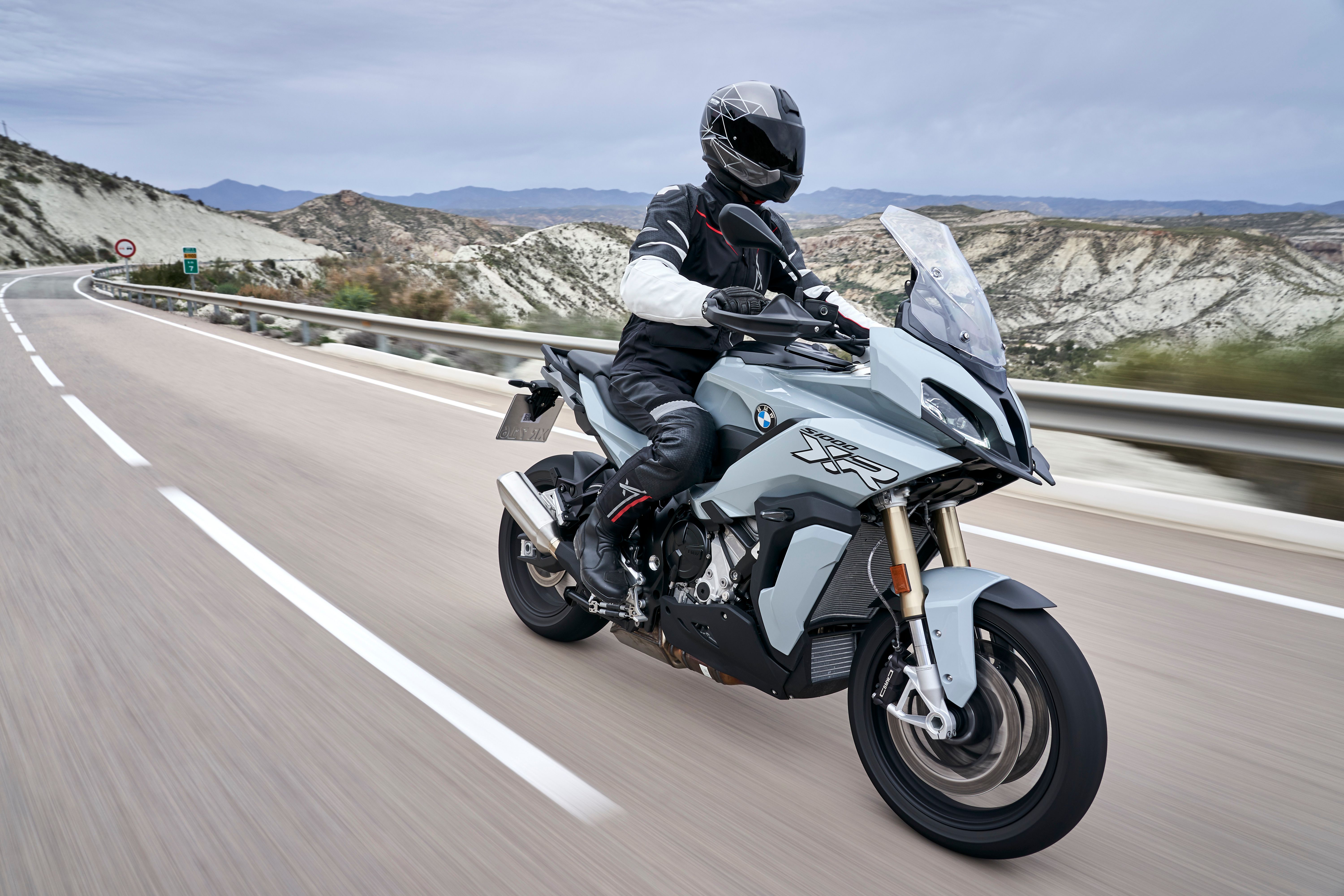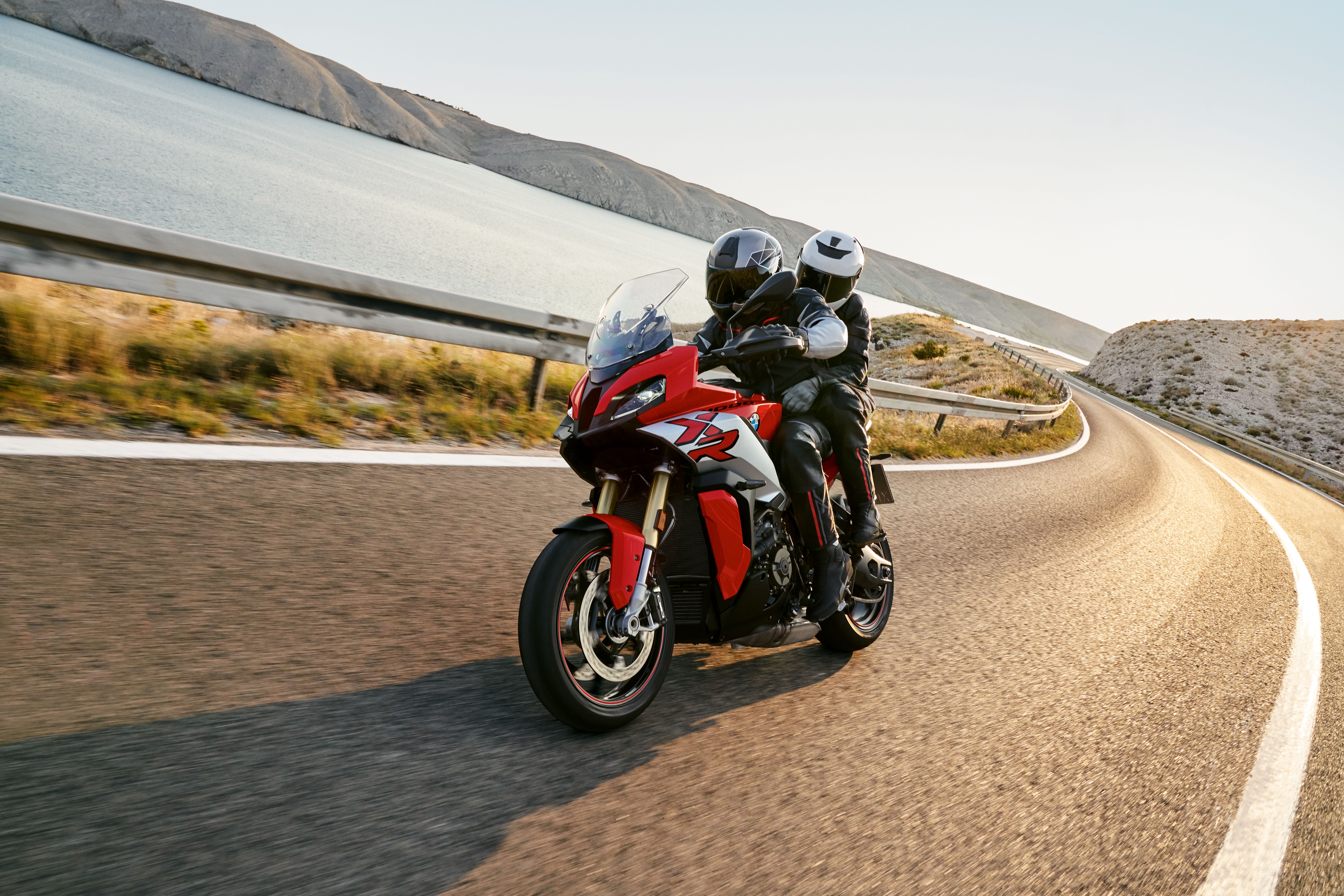The BMW S1000XR: is it an adventure bike? Is it a sports bike? Is it a touring bike? Actually, it is it a blend of the best bits of all three, and while this might sound like a recipe for a schizophrenic motorcycle, in reality it works really well.
In taking the stance and comfort of the GS adventure bike, the performance and dynamics of the S 1000 RR superbike and the accessibility of the S 1000 R naked sport bike, BMW created a bike that might not have been unique - the Ducati Multistrada is essentially the same concept - but did the same job as the Italian in a particularly Germanic manner to great effect. It’s hard to describe just how it feels to ride to anyone who hasn’t had the opportunity to do so, but rest assured, the BMW S 1000 XR is one of those bikes that, once you’ve ridden it, you simply can’t forget it.
10 The Original S 1000 XR
When BMW announced in 2009 the first of the S 1000 RR models, no-one could foresee how much of an impact it would have on that category, despite it being BMW’s first attempt at an out-and-out sport bike. If that was a surprise, then the S 1000 XR of 2015 was even more so, even if it wasn’t the first of its kind.
Ducati had set the ball rolling with the tall-stance Multistrada in 2004, which looked like an adventure bike but had no pretense at any off-road ability. The BMW S 1000 XR followed the same principles: the engine out of a performance bike in a tall, practical and comfortable package that would add sport bike dynamics to a touring motorcycle.
9 Comprehensive 2020 Update
After five years in production, BMW updated the S 1000 XR, with more power, more torque as well as a re-positioned torque curve, less weight, improved electronics, revised gear ratios and a much smoother gear change, slipper clutch, revised chassis, altered ergonomics, electronic suspension, lean-sensitive brakes and traction control, new bodywork, LED lighting, and the wheels from the S 1000 RR. In effect, it was a whole new motorcycle that kept the style and the name of the ‘old’ model but improved it in every conceivable area.
8 The S 1000 XR Has A Sport Bike Engine
The inline four-cylinder engine of the BMW S 1000 XR might be based on the engine found in the S 1000 RR, but it shares its tune with the S 1000 R naked sport bike. Until the Ducati V4 Streetfighter arrived, naked versions of faired sport bikes made do with less horsepower but better low- and mid-range torque.
In the BMW, that still means 165 horsepower and 84 foot pounds of torque at 9,250 rpm, with hugely impressive mid-range torque which means you can leave it in the higher gears and still enjoy smooth and punchy acceleration from virtually any speed. Fourth, fifth and sixth gears have been lengthened for better fuel consumption and lower noise emissions when touring, with no adverse effect on in-gear performance.
7 Weight Reduction
BMW managed to pare an impressive 22 pounds off the overall weight of the previous generation S 1000 XR, bringing the total down to a relatively light 491 pounds. What makes this even more impressive is the fact that BMW has made the engine Euro5 compliant and still lose six percent of its weight, with a further seven percent being lost from the drive train. An overall curb weight of less than 500 pounds is excellent for such a bike and BMW claims the S 1000 XR is 40 pounds lighter than the Ducati Multistrada 1260S.
6 Advanced Chassis And Suspension
The chassis lost a not insignificant five pounds of weight and the suspension gained a big upgrade in 2020 to incorporate Electronic Suspension Adjustment Pro (ESA Pro) with two pre-set damping modes and two spring pre-load modes. ‘Dynamic’ is the equivalent of Sport on other manufacturer’s systems and really only comes into its own on billiard table-smooth surfaces, such as you’d find at a track.
On the road, it can be a bit harsh and uncompliant but that all changes when ‘Road’ mode is selected. In this mode, the levels of control are remarkable, and it gives the S 1000 XR the most incredible sport bike feel which is really confusing when you are sitting upright in an adventure bike manner, slinging it through the corners with abandon.
5 Impressive Electronics Suite
Aside from the ESA, the S 1000 XR is equipped with lean-sensitive ABS Pro, which also enables the rear ABS and traction control to be turned off. There is Dynamic Brake Control which reduces brake pressure to the rear brake (the brakes are linked), while ignoring unwanted throttle openings under heavy braking.
At the same time, the rear brake light flashes and the hazard warning lights are activated. There is Hill Start Control Pro, tire pressure monitoring, a full color TFT dash, cruise control, heated seats and grips and LED lighting all round. About the only thing it won’t do is make you a cup of coffee when you pull up for a break!
4 Sport Bike Performance
In every aspect, the BMW S 1000 XR is just an incredible performer. The engine is creamy smooth but punchy and alive, with a seemingly endless spread of torque and perfect fueling giving a snatch-free throttle. If your last experience of an inline four-cylinder engine was a 70s Japanese bike, you really need to experience the S 1000 XR to restore your faith in the configuration. Similarly, the brakes are incredible: powerful, with incredible initial bite and huge power but a delicacy of feel that makes you wonder what other manufacturers are doing with their brakes.
3 Everyday Practicality
You can look at the practicality in more than one way. Firstly, you can equip the S 1000 XR with panniers and a top box for those long-distance journeys. But the other aspect to practicality is the ergonomics, which are superb. The rider triangle is just about spot-on, and if the overall height of the bike might mitigate against some riders enjoying themselves, there are at least five seat height options, ranging from 31.1 inches to 33.5 inches.
The seat is narrower where it meets the tank, making it even easier to get your feet on the ground and the handlebars are slightly narrower and further forward, making the riding position a little more aggressive but by no means extreme.
2 Just What Is It Though
Manufacturers go to extraordinary lengths to create new motorcycling sub-divisions in order to get the most mileage out of a particular platform. In this case, taking a fully-faired sport bike and turning it into something other than a naked sport bike was a bold move for BMW, but it has paid off in spades.
The S 1000 XR looks like an adventure bike, but it is more of a sport touring motorcycle, and it’s difficult where to place the emphasis - on sports or on touring. If you think the small wheel sizes look strange on such a tall structure, which would be more at home with a 21-inch front wheel, then a few miles riding will convince you that BMW have got their sums completely right.
1 Rivals And Price
The BMW S 1000 XR plays in a sparsely-populated category but what rivals there are, are very good indeed. First up is the original - the Ducati Multistrada, which has got ever better over the years and now, with the V4 engine installed, is a serious performance proposition. Then there is the Kawasaki Versys 1000 with a similar inline four-cylinder engine.
But the BMW has them all beaten on price. In fact, you’d have to say it’s something of a bargain, considering what you are getting. The S 1000 XR costs $16,945, while the Kawasaki starts at $18,899 (a BMW that’s cheaper than a Kawasaki!). The Ducati Multistrada V2 S starts at $19,915 and a Multistrada V4 starts at roughly $20,000, although it is nowhere near as well-equipped as the BMW.

